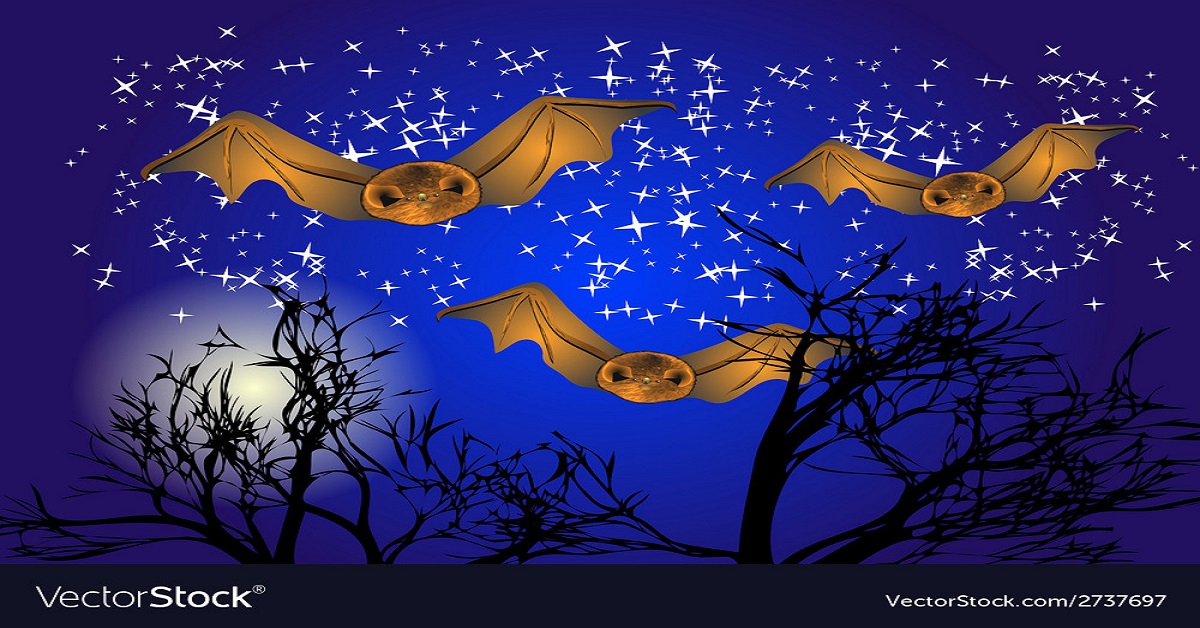Introduction
Bats, often misunderstood creatures of the night, belong to the order Chiroptera and are the only mammals capable of sustained flight. These fascinating creatures come in various sizes and can be found everywhere except in polar regions and certain isolated islands.
With over 1,400 species identified worldwide, bats play crucial roles in ecosystems as diverse as rainforests, deserts, and urban environments.
Adaptations and Physical Characteristics
One of the most distinctive features of bats is their wings, which are essentially elongated fingers covered in a thin membrane of skin, allowing them to fly with great agility. This adaptation not only enables them to catch prey on the wing but also provides exceptional maneuverability for navigating through complex environments like dense forests or caves.
In terms of size, bats range from the tiny bumblebee bat, weighing just a few grams and measuring around 1.5 inches in length, to the giant golden-crowned flying fox, with a wingspan of up to five feet. Despite their diversity, most bats share common physical traits such as large ears, which aid in echolocation, and a keen sense of smell, crucial for finding food in the dark.
Diverse Diets and Feeding Habits
Bats exhibit a wide range of feeding habits, reflecting their adaptability to different environments. Some species are insectivorous, consuming vast quantities of insects each night and playing a vital role in pest control. Fruit bats, on the other hand, feed primarily on nectar, pollen, and fruit, making them important pollinators and seed dispersers for many plant species. Some species feed on fish, small mammals, or even blood, although vampire bats are relatively rare and typically found in Central and South America.
Social Behavior and Communication
Contrary to popular belief, not all bats are solitary creatures. Many species live in large colonies, ranging from a few dozen individuals to millions, depending on the species and habitat. These colonies provide social benefits such as protection, information sharing about food sources, and even communal care of young bats.
Communication among bats is often based on a sophisticated system of vocalizations and echolocation. Echolocation is especially important for bats that hunt in the dark, allowing them to locate and identify prey using sound waves bounced off objects in their environment. This ability is so finely tuned that bats can navigate and capture prey with remarkable accuracy, even in complete darkness.
Conservation and Threats
Despite their ecological importance, bats face numerous threats worldwide, primarily due to habitat loss, pesticide use, climate change, and disease. White-nose syndrome, a fungal disease affecting hibernating bats, has devastated populations in North America, highlighting the vulnerability of these creatures.
Conservation efforts are crucial to protecting bat populations and ensuring their continued role in ecosystems. Initiatives include habitat preservation, installation of bat-friendly gates in caves to minimize disturbance, and public education to dispel myths and promote appreciation for these valuable creatures.
Conclusion
In conclusion, bats are remarkable mammals that contribute significantly to global biodiversity and ecosystem health. From their unique adaptations for flight to their diverse diets and complex social behaviors, bats exemplify nature’s ingenuity and resilience. By understanding and conserving these fascinating creatures, we can ensure a brighter future for bats and the environments they inhabit.
Whether in tropical rainforests, arid deserts, or our backyards, the enchanting world of bats invites us to appreciate the beauty and importance of these nocturnal ambassadors of the night sky.
